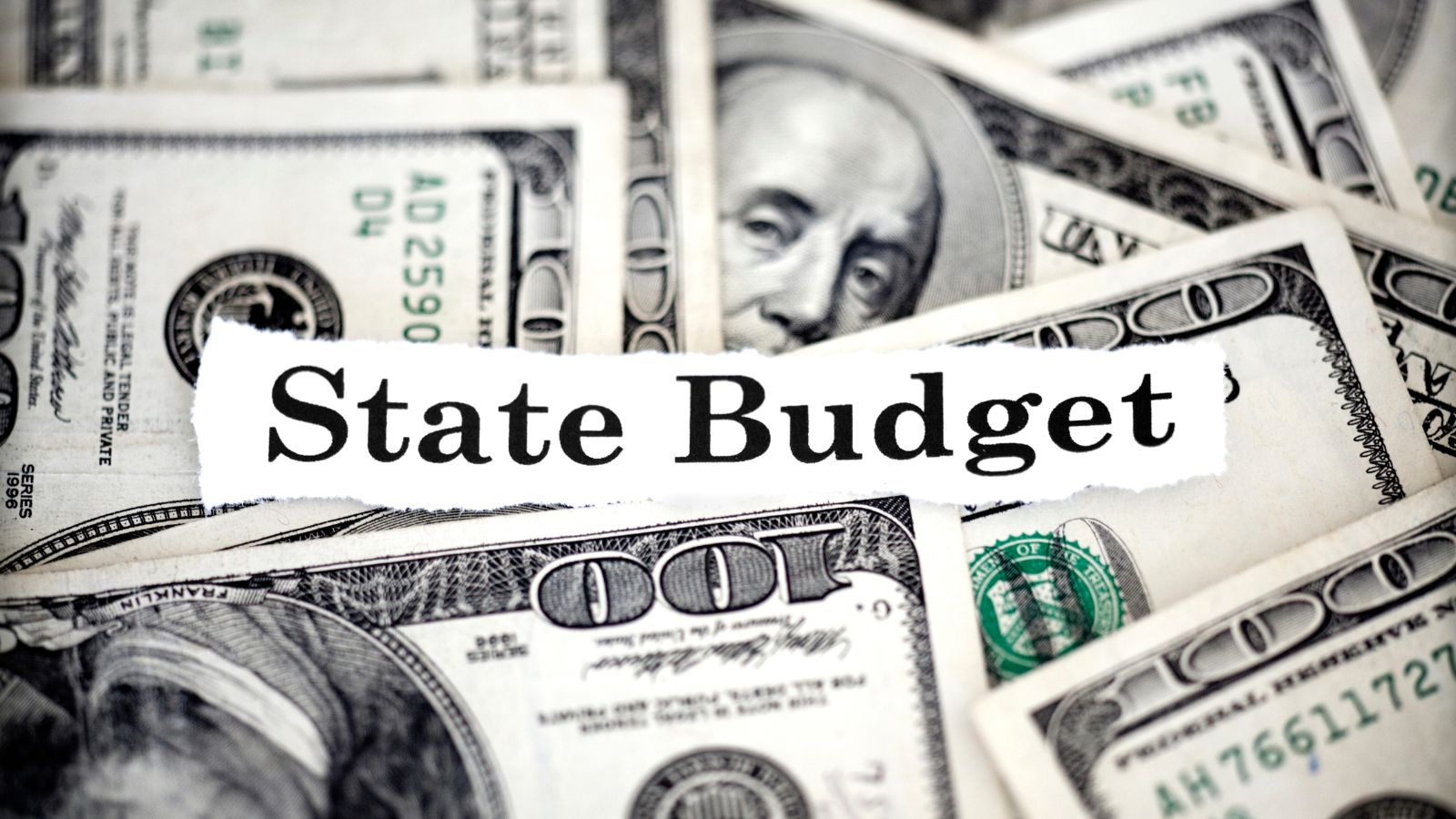The end of each legislative session is dominated by legislation on the state budget. The bill everyone watches is the Revenue Stabilization Law. Once the bill is passed, some legislators start bragging that they have balanced the state budget and held down spending. It all sounds very rosy, but much of the story is missing.
Here we will provide some missing pieces to the story. But before we begin, here are some basics you need to know before deciding if all the crowing about the budget is justified.
Budget Basics
Arkansas’s general revenue budget consists of two key components:
First, several hundred appropriation acts are passed. An “appropriation act” is a law authorizing a state agency or state program to spend up to a stated amount of money. There are several hundred of these appropriation bills because the Arkansas Constitution requires each bill to embrace only one subject. [i] Don’t you wish the federal government had that same requirement?
Second, the other part of the general revenue budget is the Revenue Stabilization Law. The law came about in 1973 because, in years when less revenue came into the state treasury than the legislature had appropriated, there was no orderly way to reduce spending. Spending just stopped when the money ran out. The Revenue Stabilization Law is about lowering distributions in bad economic times and setting up priorities so that the items in a lower classification are cut first.
Under the Revenue Stabilization Law, if revenue estimates fall, the Governor may reduce spending across the board for a spending classification.
Each year, the legislature passes a revenue stabilization act, which amends the Revenue Stabilization law by changing expenditure totals and by revising which items are under which classifications.
Five Surprising Facts About the Budget
-
-
Limited Scope of General Revenue: Despite the attention, the general revenue budget and Revenue Stabilization Law cover only 16% of total state spending, according to a 2024 Bureau of Legislative Research report. The remaining 84%—including federal funds (30%), cash funds (15%), special revenue (6%), and other funds (30%)—is not subject to appropriation acts or the Revenue Stabilization Law.
-
Not About Balancing the Budget: Contrary to some claims, the Revenue Stabilization Law doesn’t “balance” the budget. Arkansas’s budget is inherently balanced because spending stops when revenue runs out—the state can’t print money or borrow beyond voter-approved bonds. The law simply manages cuts during lean times.
-
Spending Always Increases: If the legislature fails to amend the Revenue Stabilization Law, prior spending limits remain in place, which are always lower than the new budget. Each year’s amendments increase general revenue spending, much like the federal debt ceiling consistently rises.
-
“Holding Down Spending” Is Relative: When legislators claim they’ve restrained spending, they’re often comparing it to even higher proposed budgets. This applies only to the 16% of spending under general revenue, while other funding sources grow unchecked.
-
Surplus Revenue Loophole: In good economic years, unspent general revenue becomes “surplus revenue” on July 1. This surplus isn’t counted as general revenue spending and can be allocated with less oversight—often at the Governor’s request and with approval from just one legislative committee, bypassing the 3/4th vote requirement for appropriation bills.
-
The Law’s Role
The Revenue Stabilization Law is not the solution that some politicians make it sound like. Still, it is a very good law in its limited role of handling reductions in spending from the general revenue fund during bad economic times. It only applies to a small portion of state expenditures, but it is a very helpful law.
[i] Ark. Const. Art. 5, § 30
[ii] 2024 Financing State Program PowerPoint presentation by the Bureau of Legislative Research. https://www.arkleg.state.ar.us/Bureau/Document?type=pptx&source=blr%2FFiscal%2FPublications%2FD.++Budget+Process+PowerPoints+AND+Important+Session+Dates&filename=2022+Financing+State+Programs




